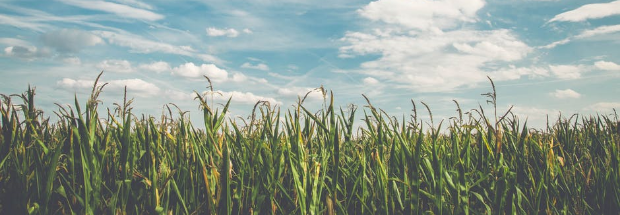AgroInsights- Harvest Time
Prioritize harvest by evaluating stalk quality.

Chad Smith, Sales Agronomist US North
Harvest is ramping up in the North Region and is one of my favorite times of the year. The extremely dry weather we had this year has created a lot of variability in the fields. We are starting to see corn stalk quality degrade faster than we like, especially in parts of the fields that have been under drought stress most of the season.
Take time this fall to walk out into your fields to evaluate stalk integrity by conducting a pinch/push test. The pinch test should be done towards the bottom of the stalk below the lowest node, where you are evaluating the firmness of the corn stalk. The push test is where you push the plant at waist high to about 30 degrees from vertical to see if it returns to an upright position without snapping or breaking the stalk apart. You will also want to evaluate how well the corn ear is hanging on to the stalk.
It will be very important this harvest season to evaluate stalk quality in your fields and prioritize your harvest based on what you find.
Potassium is one of the greatest investments in strengthening stalks and stems, protecting the plant from lodging. It also has the ability to make plant cells thicker to endure stress throughout the growing season. Potassium has this impact because it is involved in over sixty enzyme systems that regulate plant growth reactions.
NACHURS® has a robust portfolio of high-performing potassium liquid fertilizers powered by Bio-K to strengthen your crop next season. Not all potassium fertilizers are created equal, and NACHURS Bio-K® is the preferred source of potassium for plant uptake due to the acetate molecule. As a natural plant metabolite, it has many important functions within the plant, but more importantly, it influences signaling compounds that promote plant and soil microbial relationships to increase nutrient uptake.
Remember to take time to evaluate stalk quality this fall, and if you feel like your fertility program needs a boost, be sure to incorporate NACHURS products powered by Bio-K.
For more information contact your local NACHURS sales manager or sales agronomist.












